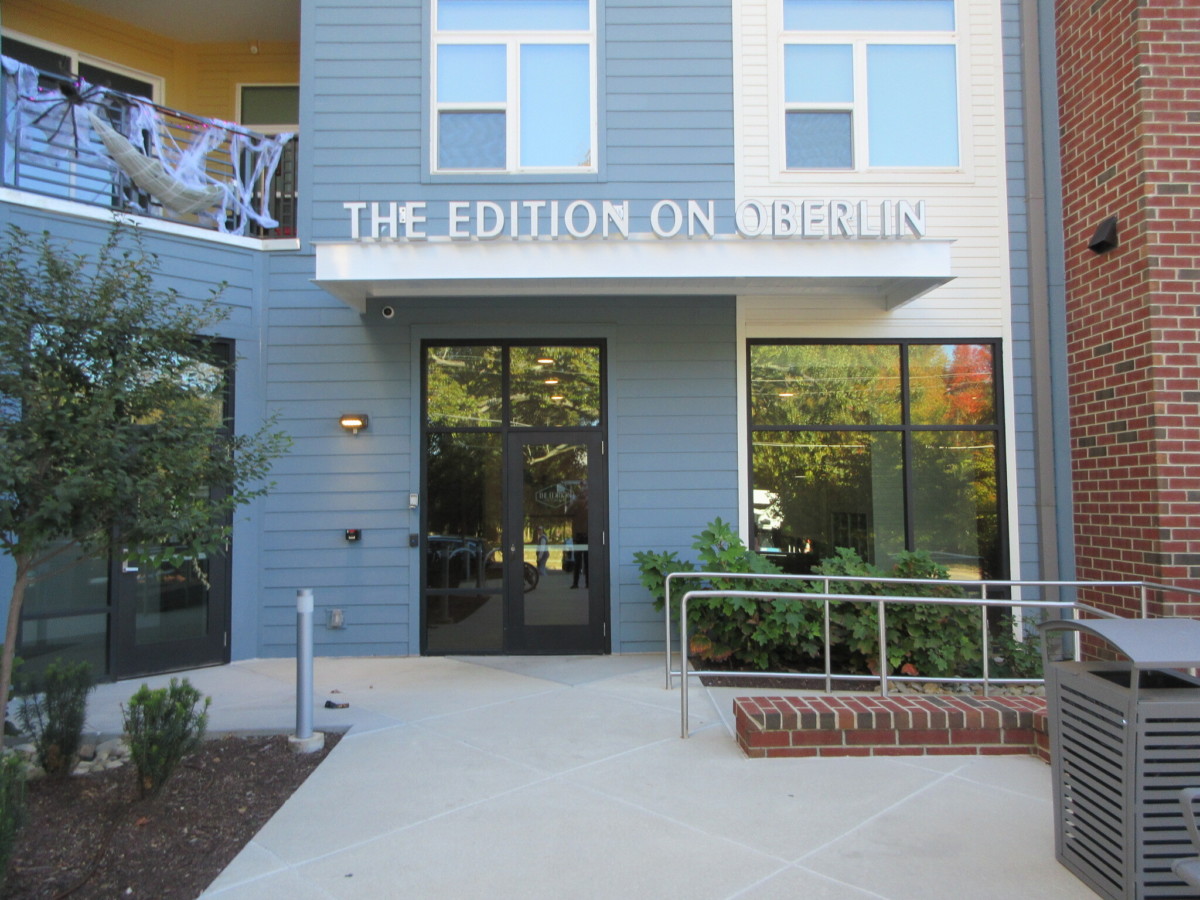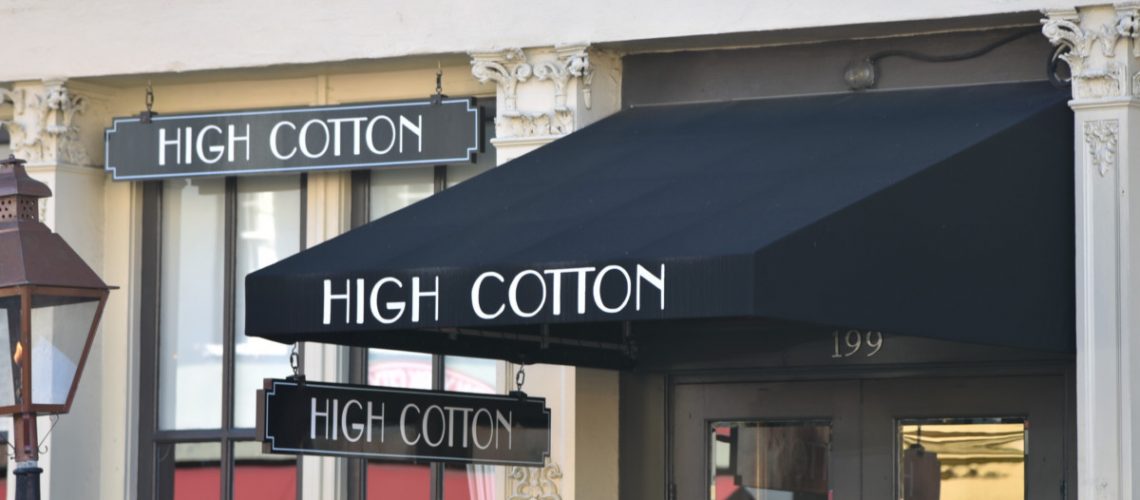From scorching sun to heavy snow, varying weather conditions can pose a significant challenge to exterior business signage. Awning signs, with their prominent placement, are particularly exposed. This raises an important question for business owners: can these attractive and functional signs truly endure year-round, even in the face of harsh elements? The key lies in understanding the engineering behind them and implementing simple care practices, ensuring your awning remains a resilient and effective part of your storefront.
Weather-Resistant Materials: Choosing the Right Fabric and Frame for Durability

The longevity and performance of your awning sign in challenging weather largely depend on the materials used in its construction.
- Fabric Choices:
- Solution-Dyed Acrylic: This is often considered the gold standard for awning signs due to its exceptional weather resistance. The color is saturated all the way through the fibers, making it highly resistant to fading from UV exposure. It’s also breathable, which helps prevent mildew, and it’s treated to repel water.
- Vinyl: Vinyl fabrics are extremely waterproof and easy to clean, making them a good choice for heavy rain or snow. Some types of vinyl, though, can be more prone to cracking in very cold temperatures or fading over time if not UV-protected. High-quality coated vinyl or laminated vinyl offers better durability.
- Polyester with PVC Coating: This material offers a good balance of strength, water resistance, and tear resistance. It’s often used where a more rigid or taut appearance is desired.
- Frame Materials:
- Aluminum: Lightweight, rust-resistant, and strong aluminum frames are a popular choice for their durability and minimal maintenance needs. They hold up well against moisture.
- Stainless Steel: For the ultimate in strength and corrosion resistance, especially in coastal or highly corrosive environments, stainless steel frames are an excellent, albeit more expensive, option.
- Galvanized Steel: Steel frames treated with a zinc coating resist rust, providing a strong and cost-effective option for many climates.
When selecting materials, consider your specific local weather patterns—heavy snowfall, intense sun, high winds, or coastal salt spray will all influence the best choice for maximum durability.
Seasonal Maintenance Tips to Extend the Life of Your Awning Signs
Even with the best materials, regular maintenance is key to maximizing the lifespan and appearance of your awning signs.
- Regular Cleaning: Dirt, dust, pollen, and environmental pollutants can accumulate, especially on fabric awnings. Regular cleaning prevents grime from embedding into the fabric and helps maintain its vibrant color.
- Snow and Ice Removal: In snowy climates, heavy accumulation of snow and ice can put immense strain on the awning frame and fabric, potentially leading to tearing or collapse. Gently remove snow using a broom or soft-bristled brush. Avoid using sharp tools that could damage the fabric. If possible, retract retractable awnings during heavy snowfall.
- Inspect for Damage: Periodically check the fabric for small tears, fraying seams, or mildew. Inspect the frame for any signs of rust, loose bolts, or structural fatigue. Addressing minor issues promptly can prevent them from escalating into major repairs.
- Retract During High Winds: If you have a retractable awning sign, always retract it during strong winds or storms to prevent damage to both the awning and your building. Even fixed awnings can suffer damage in extreme winds, so ensure their mounting is secure.
By choosing robust materials and adhering to a consistent maintenance schedule, your awning signs can provide effective, year-round advertising and protection for your business. For durable, high-quality awning signs designed to withstand Colorado’s diverse weather, contact Mercury Signs today. Let us help you select the perfect signage solution for your business!

